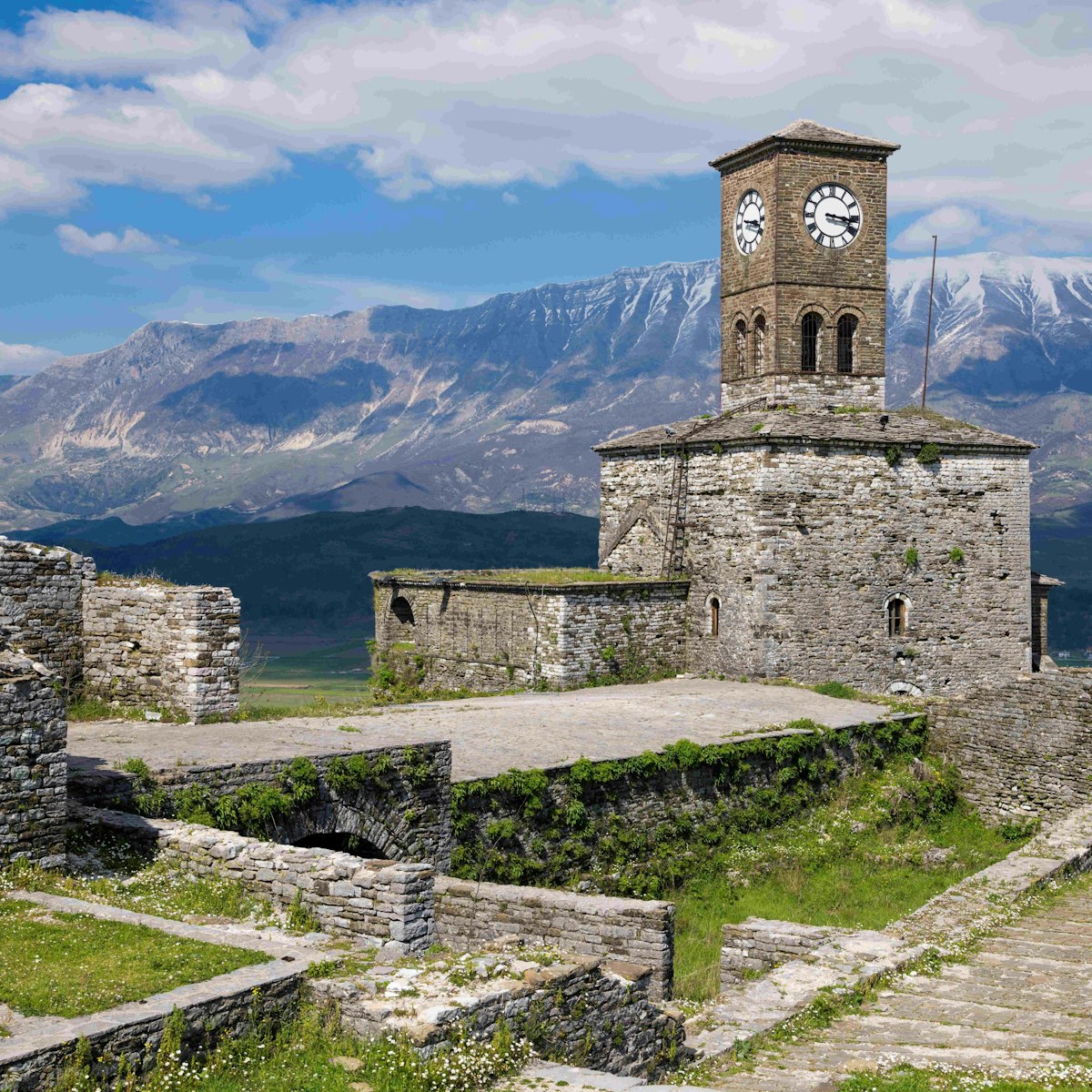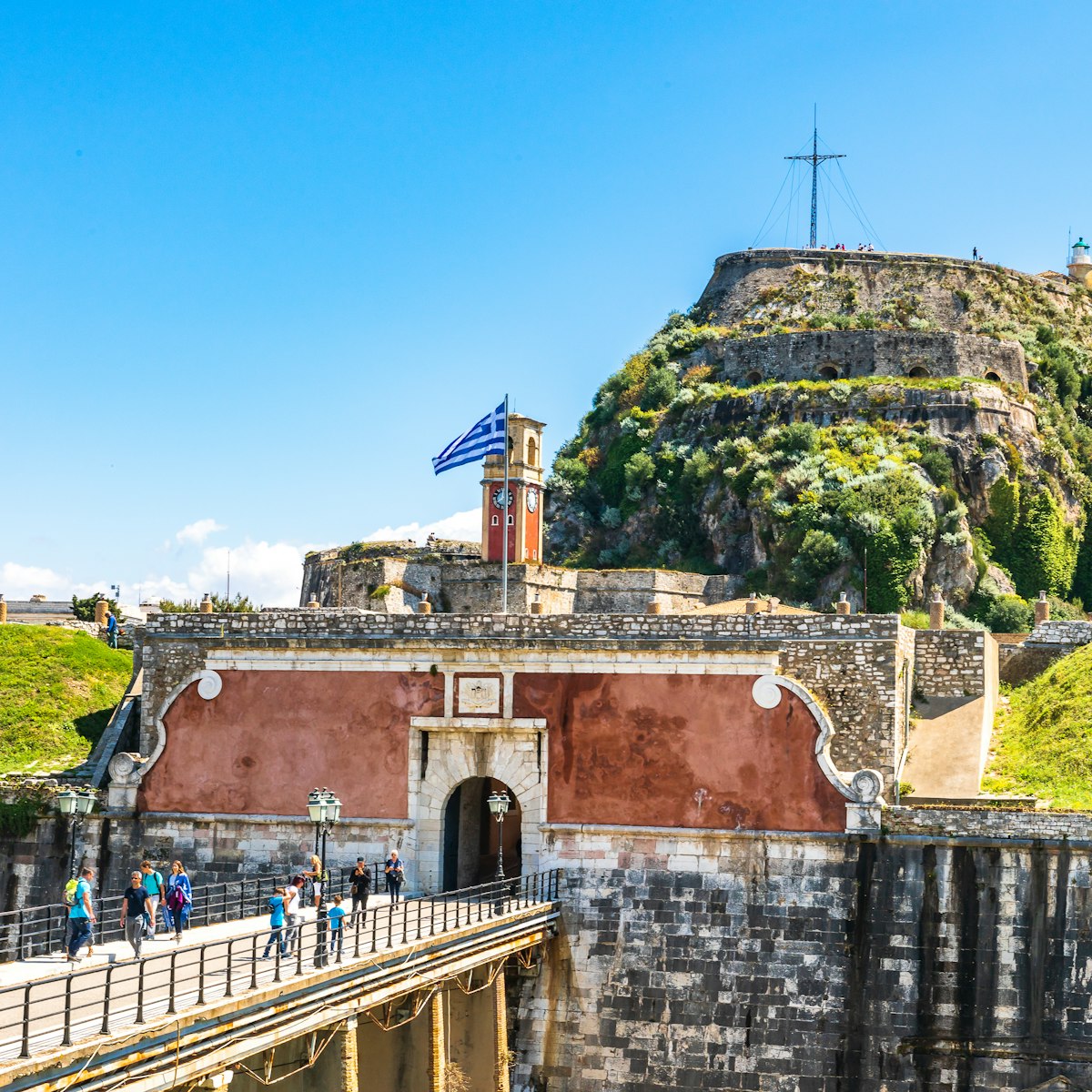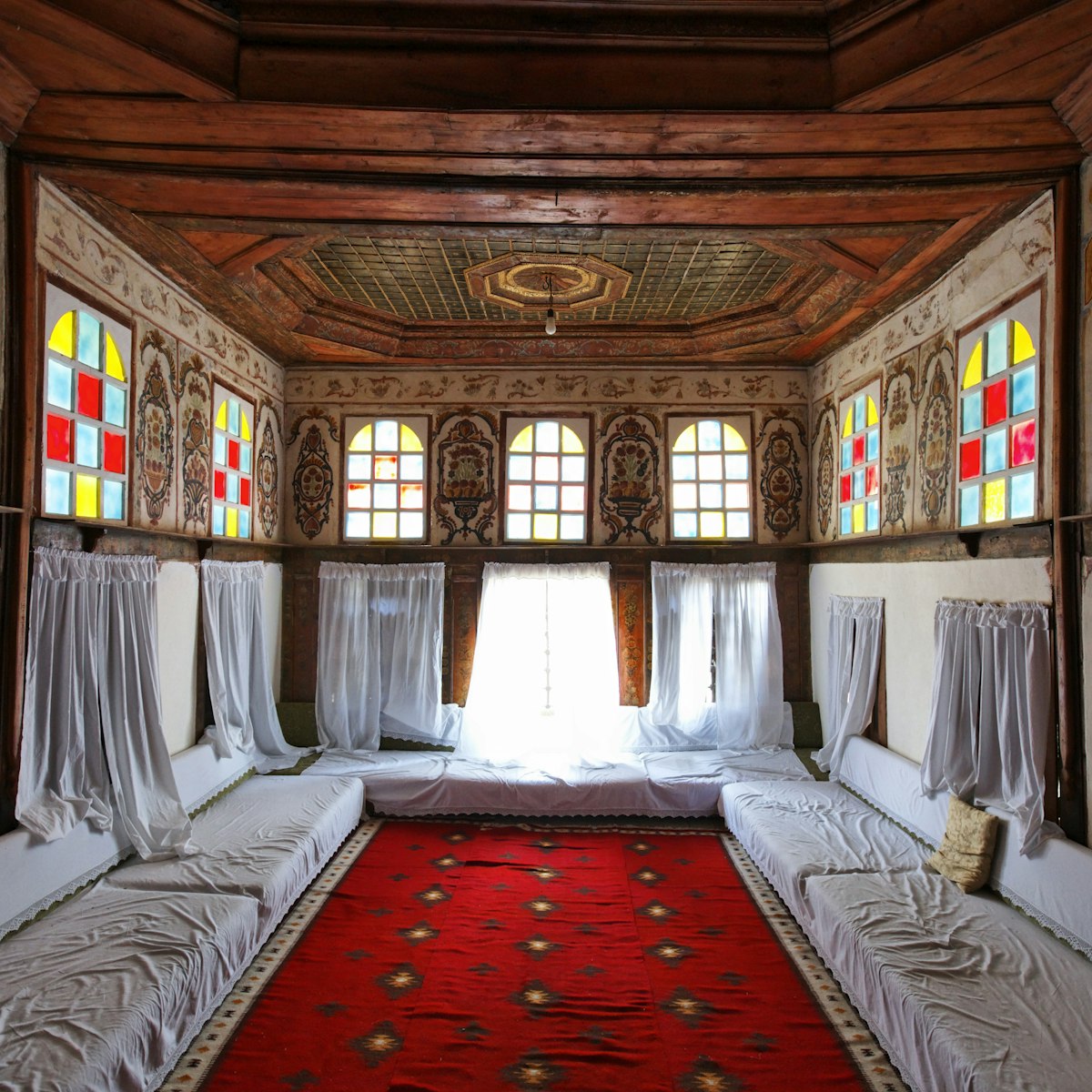Early in the morning, before the tourist crowds arrive and when the rocks are still tinged in the yellow dawn light, you might just imagine that the ancient walls of Butrint are whispering secrets to you of long-past lives. Easily the most romantic and beautiful – not to mention largest – of Albania's ancient sites, Butrint, 18km south of Saranda, is worth travelling a long way to see.
The ruins, which are in a fantastic natural setting and are part of a 29-sq-km national park, are from a variety of periods, spanning 2500 years. Set aside at least two hours to explore.
Although the site was inhabited long before, Greeks from Corfu settled on the hill in Butrint (Buthrotum) in the 6th century BC. Within a century Butrint had become a fortified trading city with an acropolis. The lower town began to develop in the 3rd century BC, and many large stone buildings had already been built by the time the Romans took over in 167 BC. Butrint's prosperity continued throughout the Roman period, and the Byzantines made it an ecclesiastical centre. The city then went into a long decline and was abandoned until 1927, when Italian archaeologists arrived. These days Lord Rothschild's UK-based Butrint Foundation helps maintain the site.
Buses from Saranda (100 lekë, 20 minutes, hourly from 8.30am to 5.30pm) leave from outside the ZIT Information Centre, returning from Butrint hourly, on the hour.





